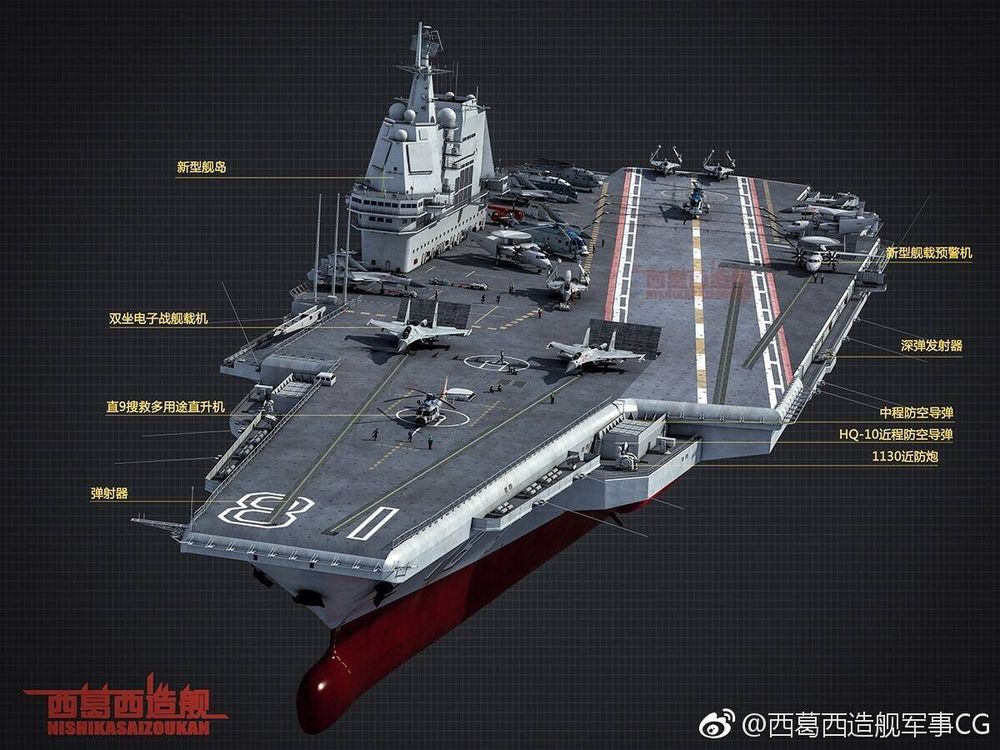
Type 002 Carrier
This computer-generated image of type 002 by the artist Nishikasaizoukan shows key features of the craft, such as catapults, J-15B aircraft and fixed-wing aircraft alert and control aircraft (AEW & C).
Xigexi
Despite the fact that China launched its heavily battered Type 001A aircraft carrier just a few months ago, the People's Liberation Army Navy hardly rests on its laurels, instead of making steady progress in the technology of its second home-built vehicle, the Type 002.
The Type 002 carrier, whose development is expected to be wrapped in 2020 or 2021, will be a 70,000 ton aircraft carrier with catapults designed to launch heavier airplanes.
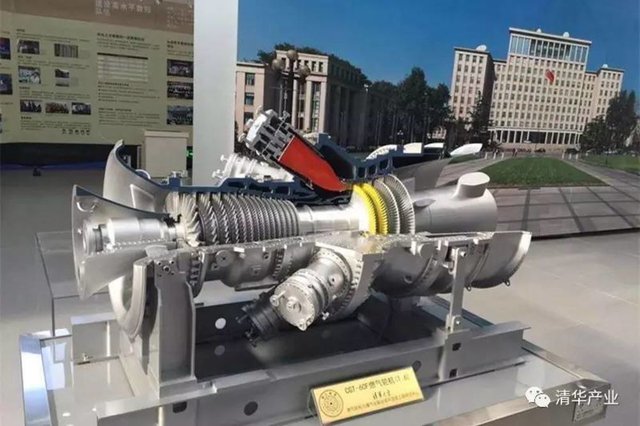
CGT-60F
The CGT-60F, seen here as a subscale model, is a class F turbine that can be used on warships such as Type 002 aircraft carrier.
And giant catapults are not the only new technology in development. In the photo, the CGT-60F is a rugged Class F gas turbine, typically rated at 170-230 megawatts, designed by the Tsinghua University Gas Turbine Research Center with the Dongfang Electric Group And the Shanghai Electric Group. It is a completely domestic design that exceeded the expectations of cooling and distribution of temperature, vital factors for large turbines. As such, state-owned China Daily suggested that the CGT-60F would be a suitable candidate for the power of a large warship, such as an aircraft carrier.
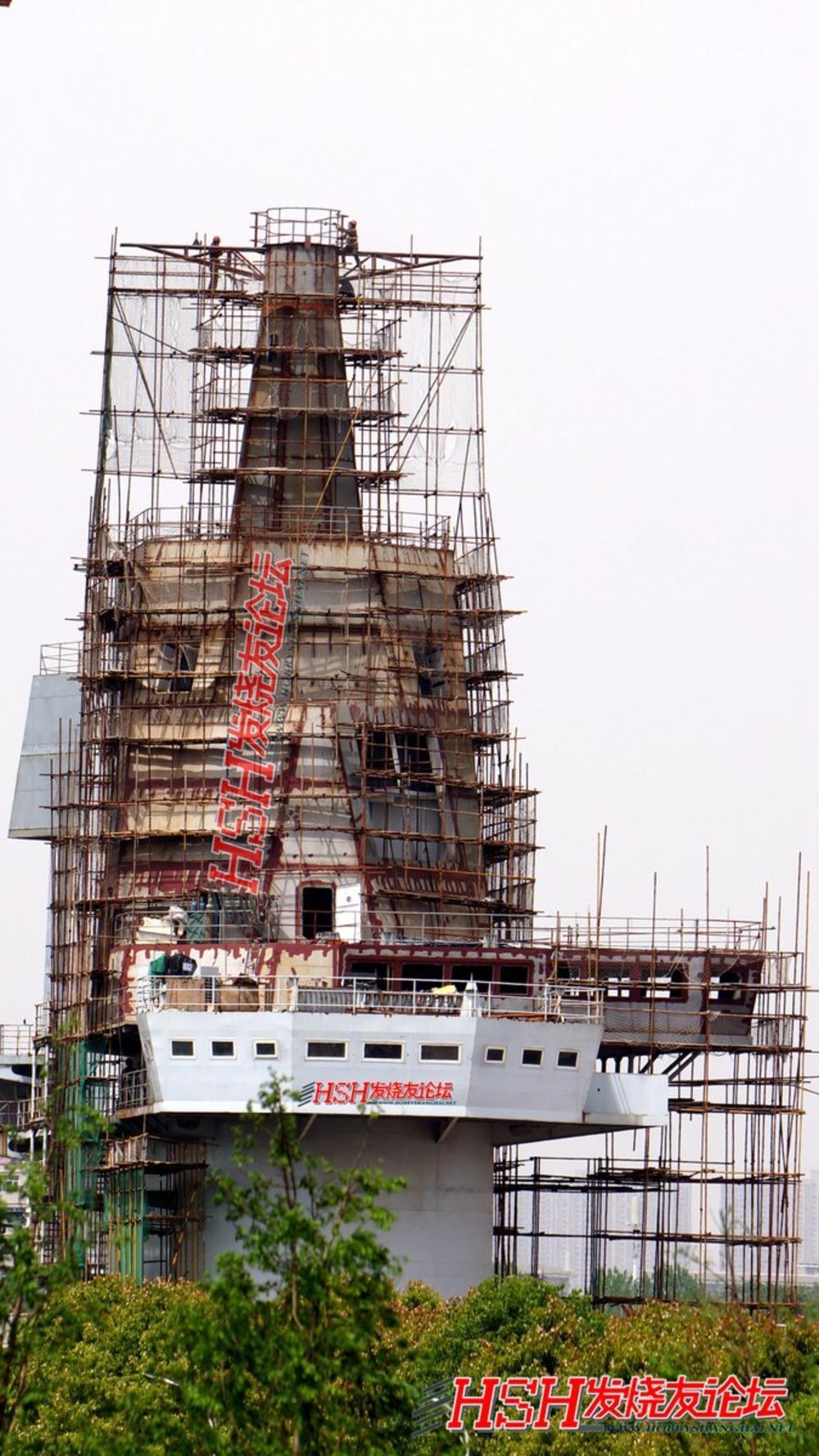
Type 002 Wuhan
The Wuhan model, used to test on-board electronic systems such as radars and communications, has been modified with multiple AESA radars.
Da Feng Cao
In addition, the model of the aircraft carrier in Wuhan (which also received the electromagnetic test platform for the Type 055 destroyer) is modifying its island to include new electronic systems.
The changes include the installation of an additional bridge deck and new AESA type 346x flat-panel radars, as well as the Type 001A carrier, but with smaller AESA radars above the Type 346s.
The Type 002 island would probably have a similar multi-pane radar system found on the Type 055 DDG integrated mast. Smaller AESA radars could be used for targeting and fire control, allowing the Type 002 to datalink with missiles launched from aircraft and other ships, expanding its range.
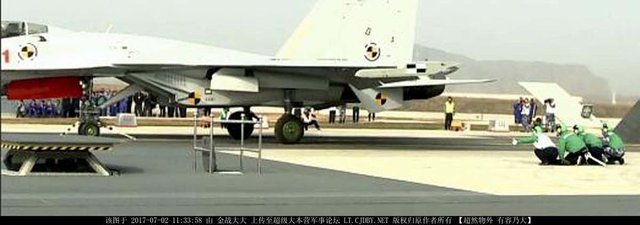
J-15B
The J-15B, seen on a catapult before launch at the Huangdicun Naval Air Base in Liaoning. The Huangdicun base is testing steam catapults and EMALS for installation on Type 002 aircraft carrier.
Chinese Internet
China has also continued catapult testing at Huangdicun. Obsessives may recall that earlier this summer, China launched the J-15T capable of electromagnetic launching system (EMALS) land-based catapults, as well as debuted new steam catapults.
By putting both the J-15T and the catapult through extensive testing, the pilots and crew of the Type 002 company will be able to move quickly towards complex operations when it starts. In addition, a J-15 (serial number "111") was discovered in early July 2017 with an in-flight refueling pod placed below the centerline of the fuselage between the engine nacelles. This type of refueling could expand the range and flight times of the current fighters.
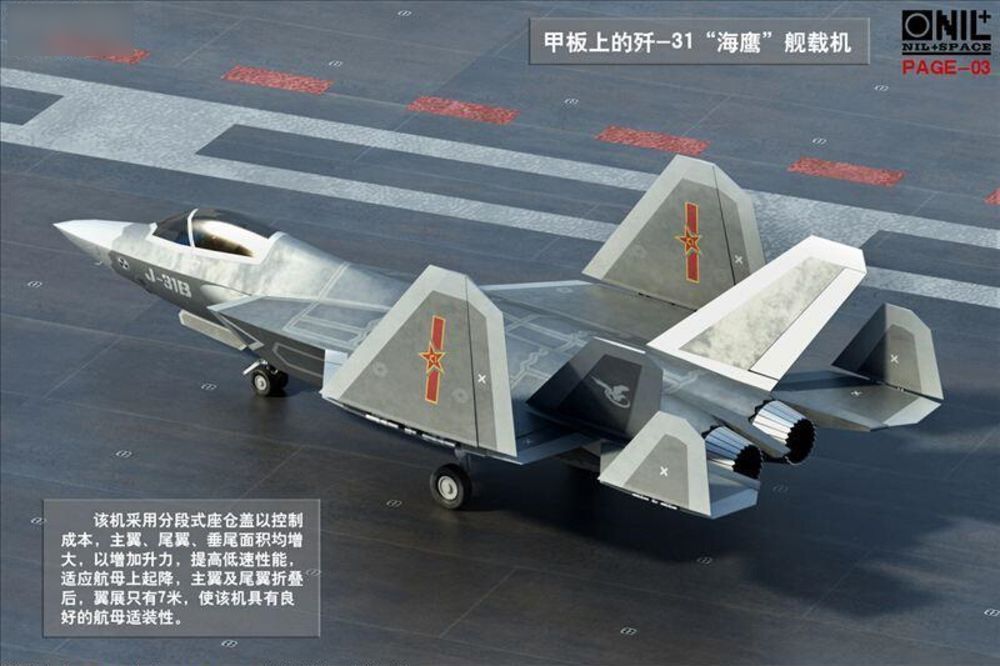
Gyrfalcon
The Shenyang "Gyrfalcon" J-31 stealth fighter, the second China stealth fighter program, is said to have a possible capable carrier configuration, with folding wings and reinforced landing gear.
O+Nil
In addition, the second prototype Stealth J-31 fighter has made additional flights this summer, most recently on July 25. This explosion of activity credits reports that Shenyang Aircraft Corporation, the builders of the J-31, plans to create a third J-31 with the ability to operate on catapult-equipped aircraft carriers.
The J-31, although smaller than the J-20 Stealth Fighter, has improved caution and avionics capabilities in its second prototype. In addition, the production versions are planned to be equipped with faster WS-17 engines, which could allow supersonic flight without fuel burners. Those putative J-31 fighters could prove to be stiff competitors in aerial combat with the F-35C fighters of the United States Navy.
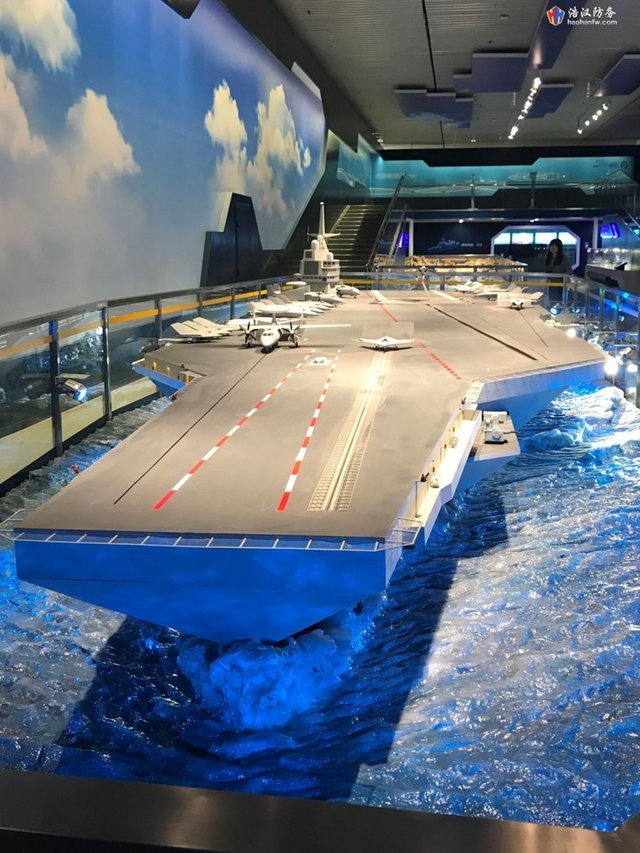
Type 003
This exhibition at the Military Museum of the Chinese People's Revolution looks even more into the future. Here you can see speculative features such as catapults, J-20 fighters and unmanned stealth aerial combat vehicles (UCAVs). The nuclear-type supercharger 003 will probably not come into service until after 2030.
Oedo Soldier
Looking beyond Type 002, the Type 003 aircraft carrier could be a true supercarrier, with nuclear power and a displacement of 90,000 tons. If the official exhibits at the Chinese military museum are any indication, Type 003 would come with futuristic planes like stealth aircraft and sixth-generation fighters. It could also have enough electricity to power Chinese lasers and railway pistols currently under development.